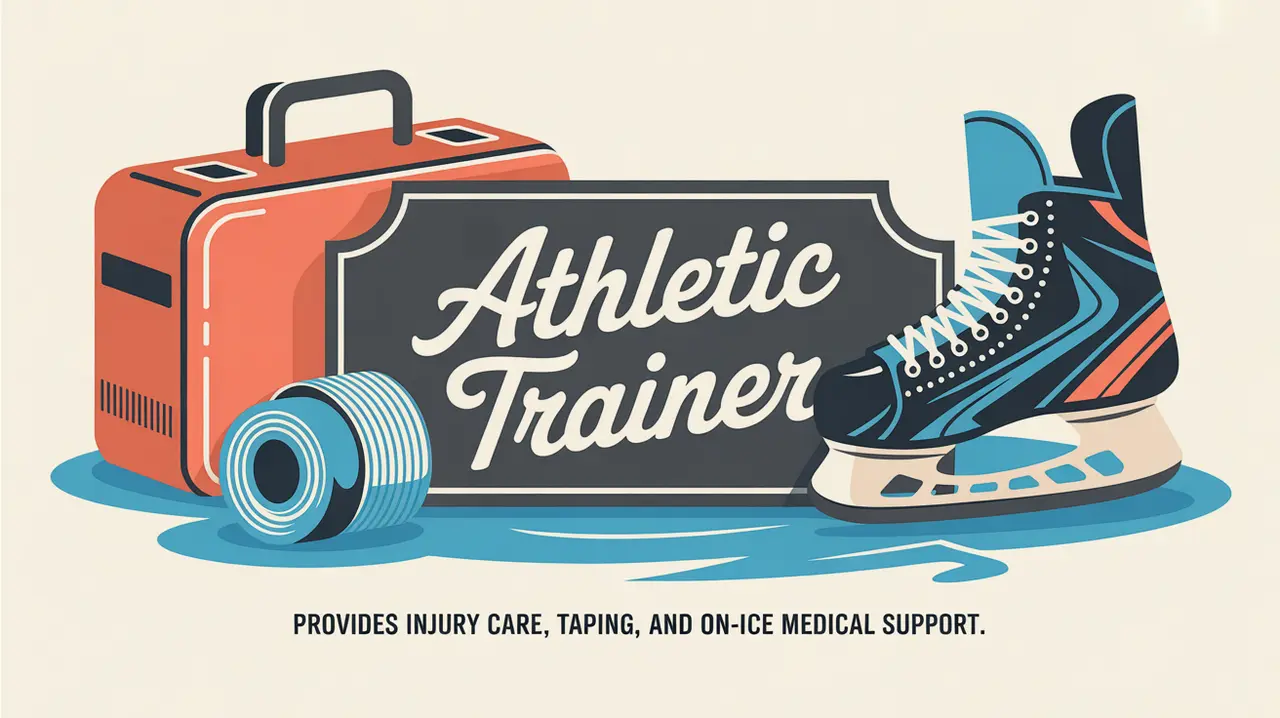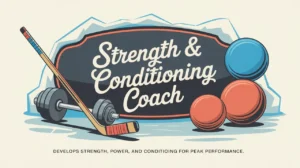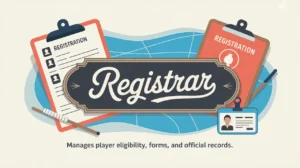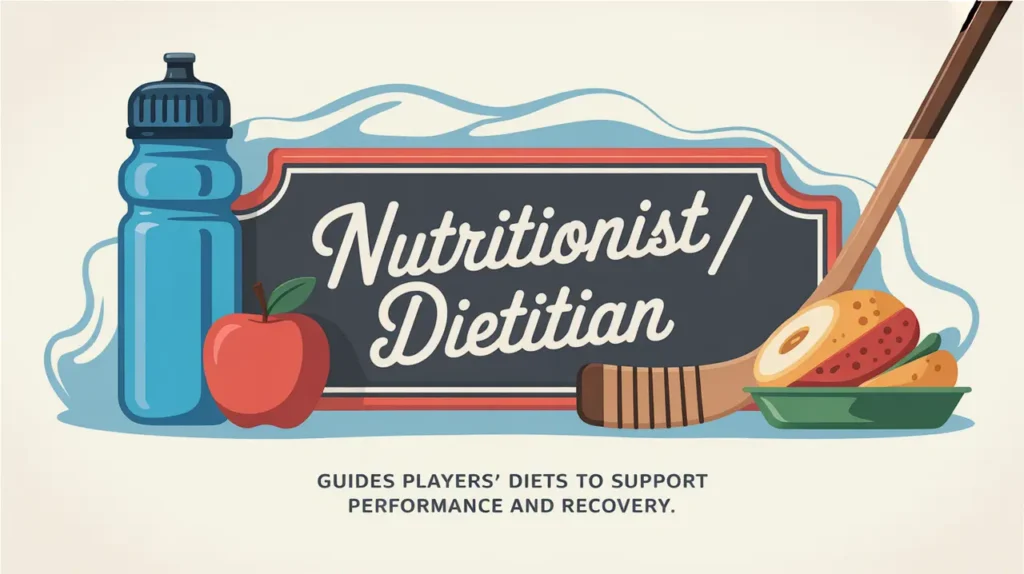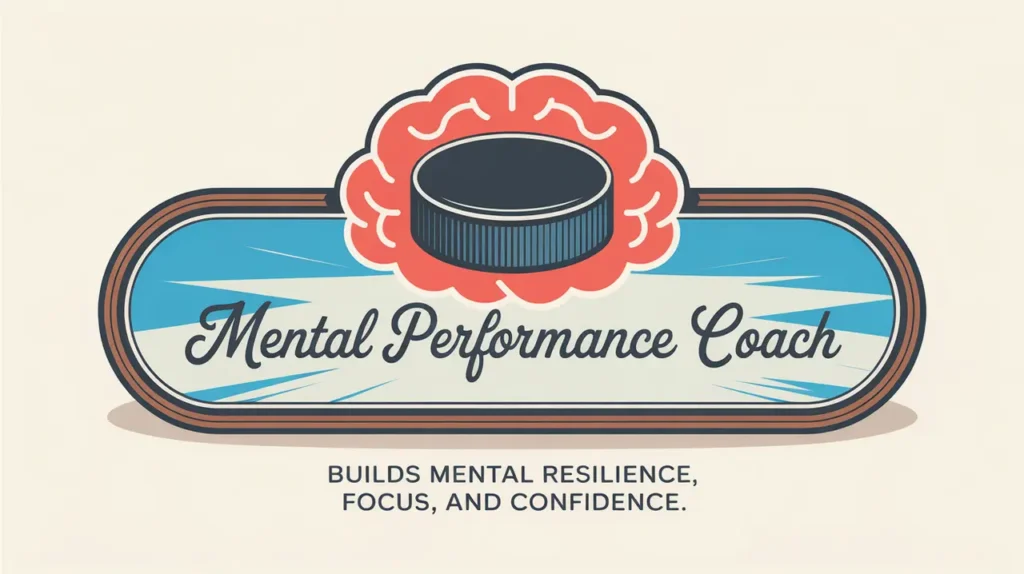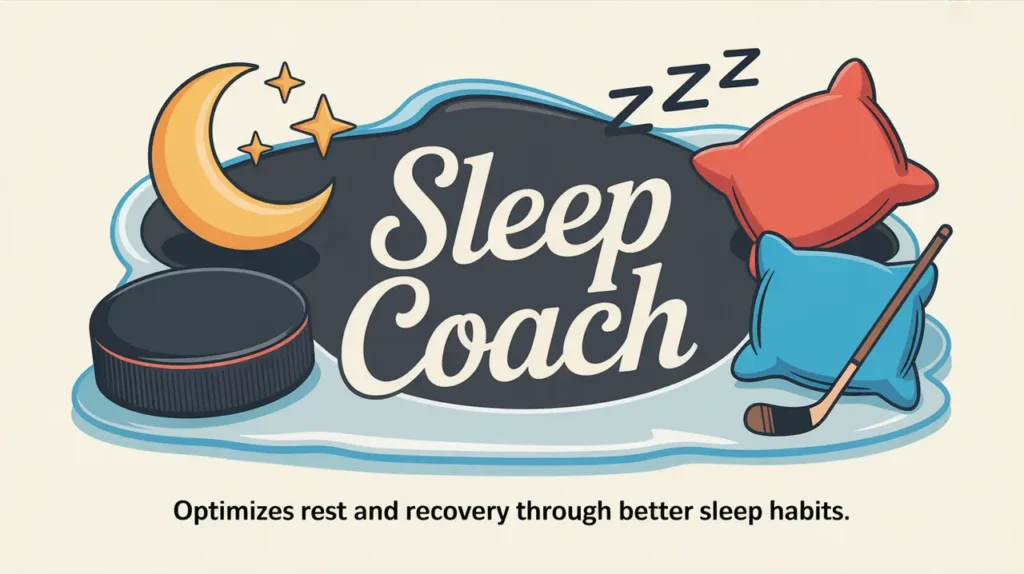Jim’s Intro to the Athletic Trainer
Hi folks, Jim here, the only commentator who once tried to tape my own ankle before a charity game and ended up looking like I’d wrapped it for shipping.
What is an athletic trainer?
An athletic trainer is a certified healthcare professional who specializes in injury prevention, emergency care, immediate treatment, and day-to-day player health management. They’re often the first line of defense and response for injuries during practices and games, bridging the gap between the medical team, physiotherapists, and coaching staff.
Where physiotherapists focus on structured rehabilitation, athletic trainers live on the front lines, including evaluating, taping, icing, bracing, treating, and managing players in real time.
How does it work?
The athletic trainer supports player health through prevention, response, treatment, and coordination:
Prevention and Preparation
- Athletic trainers work with players before games and practices to tape joints, fit braces, apply heat or ice, and ensure everyone is physically ready to hit the ice.
- They often lead injury-prevention routines, warm-ups, and mobility sessions.
On-the-Spot Injury Evaluation
- When a player goes down, the athletic trainer is the first person on the ice or bench to evaluate the injury.
- They quickly determine whether the player can continue, needs further assessment, or requires emergency intervention.
Immediate Treatment
- Trainers provide hands-on treatment, such as icing, compression, taping, massage, or first aid, to stabilize injuries and manage pain.
- Their quick, accurate decisions keep players safe while minimizing unnecessary time away from play.
Day-to-Day Management
- Athletic trainers track player health, monitor lingering issues, and maintain communication with physiotherapists, doctors, and coaches.
- They’re often the hub of information about who’s at full strength, who’s limited, and who needs modifications.
Rehabilitation Support
- While physiotherapists handle formal rehab programs, trainers often supervise early-stage recovery and transition phases, making sure players stick to protocols between sessions.
Common Situations Involving Athletic Trainers
- Pre-Game Prep: Taping ankles, fitting braces, activating muscles, checking readiness.
- In-Game Injury Response: Sprinting onto the ice to assess injuries quickly.
- Bench Management: Applying ice, bandages, or stabilization during play.
- Post-Game Treatment: Handling swelling, soreness, or acute issues right after the buzzer.
- Daily Check-Ins: Monitoring nagging injuries and adjusting treatment accordingly.
How do you make good decisions with it?
Great athletic training relies on speed, clarity, and communication.
- React Quickly and Calmly: First responses set the tone in injury situations.
- Know the Player: Familiarity with athletes helps distinguish between minor tweaks and serious problems.
- Communicate Clearly: Relay accurate information to coaches and medical staff fast.
- Err on the Side of Safety: Returning too early can make things worse.
- Stay Organized: Consistent record-keeping ensures continuity of care.
How do you master it?
Mastering the athletic trainer role requires strong medical knowledge, quick decision-making, and calm under pressure. The best trainers blend technical skill with field awareness, earning players’ trust through reliable support and clear judgment. They also build close relationships with players, often becoming trusted confidants on health matters.
What does it look like when done right?
A great athletic trainer keeps the team running smoothly behind the scenes, responds swiftly and professionally during injuries, and manages the daily grind of bumps and bruises with quiet consistency. Players trust their evaluations, coaches rely on their updates, and the medical team values their eyes on the ground.
Commentator’s Corner
Jim’s Take
The athletic trainer is like the team’s pit crew. They might not score goals, but when something breaks down, they’re under the hood before anyone else knows what happened.
Parent Tip
Good communication with trainers ensures basic injuries don’t grow into significant ones. Encourage honest reporting, especially with younger players.
Player Tip
Trainers are on your side. Be upfront about pain and injuries. Hiding things only delays recovery and puts your season at risk.
A Final Thought
The athletic trainer is the frontline guardian of player health, blending medical expertise with rapid response and daily care. When mastered, the role combines precision, trust, and composure, keeping players safe, supported, and ready to perform.

